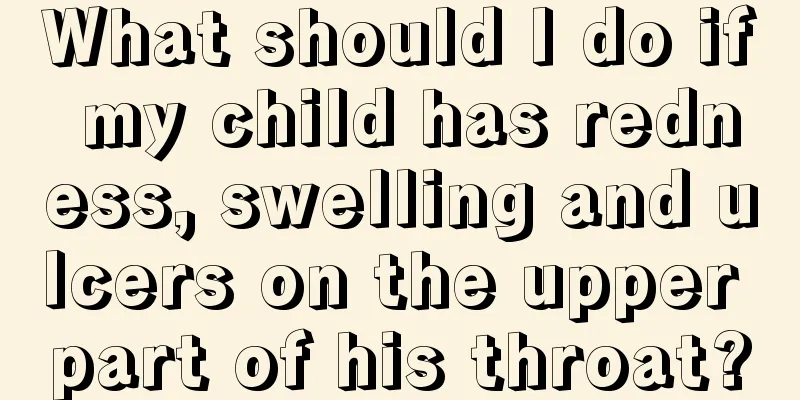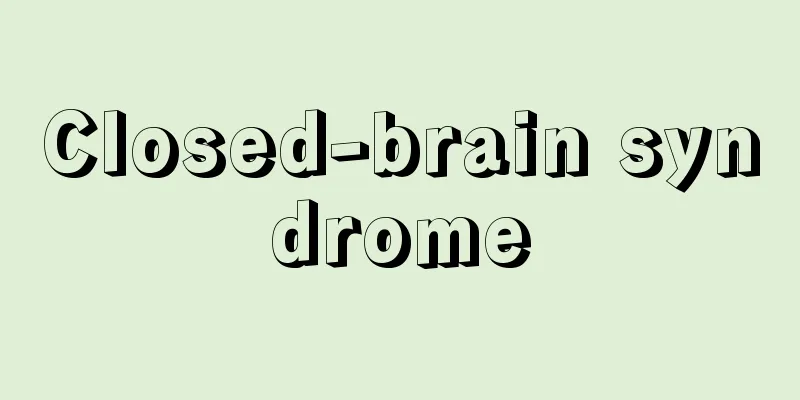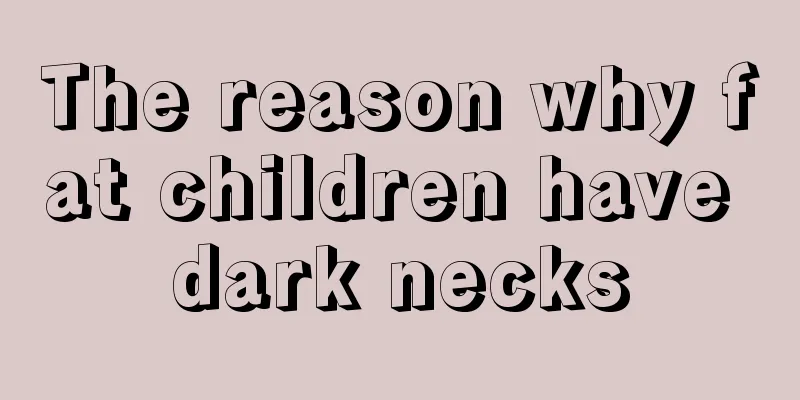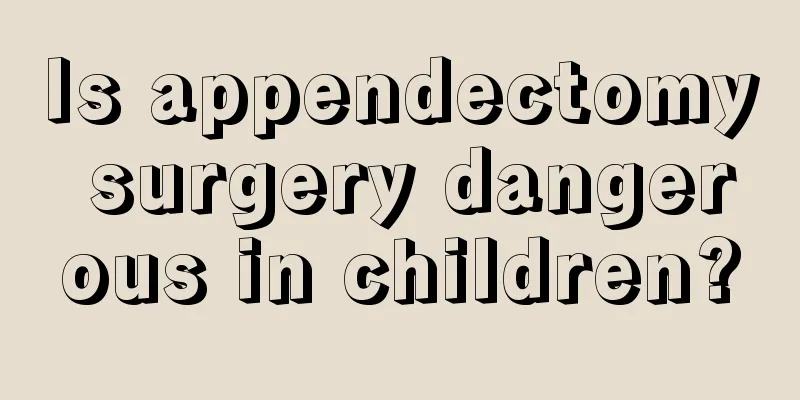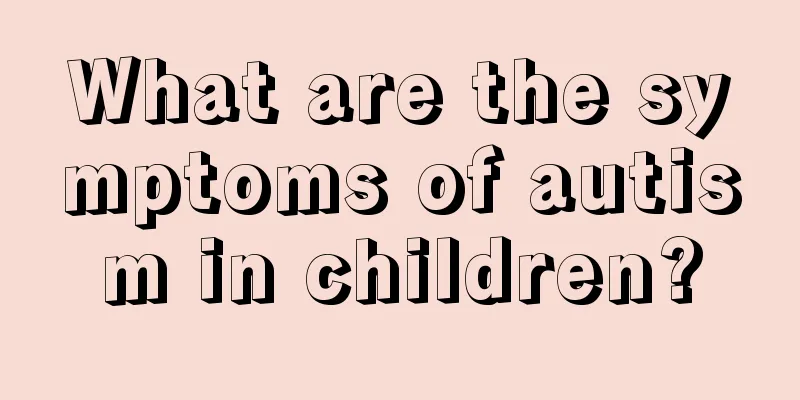What to do if the child has a low temperature of 35 degrees
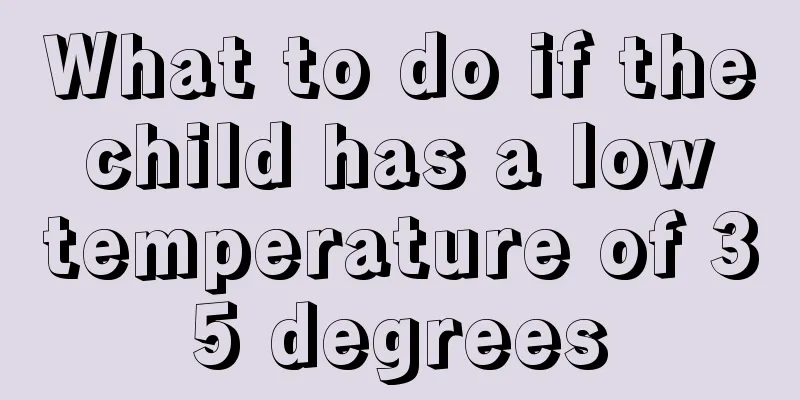
|
Under normal circumstances, a child's body temperature will be higher than that of an adult. When a child's body temperature is 35 degrees, it is considered a low body temperature phenomenon. Although the probability of such a phenomenon is relatively small, it is still possible. When a child's body temperature is 35 degrees, the child should be taken to the hospital for examination to find out the cause of this phenomenon in time. What to do if your baby has a low fever of 35 degrees The child's temperature is 35 degrees, which is not a low fever, but a temperature that is not rising. It is recommended to take your child to the local hospital's pediatric department in time to identify the cause of the disease and receive timely treatment. What to do if your baby has a low-grade fever The normal body temperature of a newborn is 37℃ to 37.4℃, that of an infant is 36.8℃ to 37.3℃, and that of a toddler is 36.2℃ to 37℃. After understanding the normal body temperature, let us distinguish what is low fever, moderate fever and high fever, which are what we commonly call low fever, moderate fever and high fever. When a child has a fever, a body temperature of 37~38℃ is a low fever, 38~39℃ is a moderate fever, above 39℃ is a high fever, and over 41℃ is a very high fever. Fever is a response of the body to the invasion of viruses or bacteria. This response helps to eliminate the invading viruses and bacteria, thus promoting the normal growth and development of children. Generally, do not rush to reduce the fever if the body temperature does not exceed 38℃, especially before a clear diagnosis. If you blindly rush to reduce the fever, it may mask the condition and interfere with the diagnosis. When the body temperature reaches above 39℃, you should reduce the fever under the guidance of a doctor. 4% to 12% of children will experience convulsions when they have a high fever. Repeated convulsions may cause brain damage and are also a precursor to certain epilepsy and may also lead to other dangers. Therefore, children with a history or family history of febrile convulsions should be given antipyretic treatment immediately if they have a high fever. If a child's body temperature shows the following conditions, it is normal. If the child is well kept warm, the temperature will be higher. When a child is growing, his body temperature will be slightly higher than usual. As long as the body temperature remains between 36.9℃--37.5℃, it is normal and parents do not need to worry about it. Treatment of fever in babies 1. Treatment of primary disease Fever is a manifestation of disease, not an independent disease. Therefore, when treating children's fever, we should not simply focus on reducing the fever, but should actively look for the cause of the fever and treat the primary disease. 2. Antipyretic treatment For children with persistent high fever, appropriate cooling measures are needed to avoid brain cell damage and possible adverse effects caused by excessively high body temperature. It is especially necessary to take cooling measures in a timely manner for children with a history of febrile convulsions and children with high fever and extreme irritability. The following conditions in children with fever require vigilance or emergency treatment: febrile convulsions; fever in infants under 3 months old; fever lasting more than 5 days; fever > 40°C and cannot be effectively reduced within 2 hours by acetaminophen or ibuprofen; obvious changes in children's behavior: such as not liking to play, loss of appetite, rarely talking, indifference to surrounding things, or sudden special behavior that has never appeared before; less urine, indicating dehydration, such as infants wet < 3 diapers a day, or older children have not urinated for 8 to 12 hours. 3. Common cooling measures include: (1) Physical cooling Spray bath with warm water, put ice cubes in a watertight plastic bag and wrap it with a dry towel to apply to the head and neck, and you can also apply to the armpits and groin. It is not recommended to use cold water or alcohol for bathing. (2) Drug-induced fever Acetaminophen (for children > 3 months old) or ibuprofen (for children > 6 months old) are commonly used, either orally or rectally, and can be used every 4 to 6 hours. Aspirin should be used with caution in children (it can cause Swiss syndrome). The use of hormones alone to reduce fever is generally not recommended. It is not advisable to use drugs to reduce fever in newborns because their body temperature regulation function is not yet fully developed. (3) Chinese medicine for fever reduction Acupuncture, oral, external or enema Chinese medicine, massage. (4) Artificial hibernation therapy It is a cooling method that combines drugs (chlorpromazine and promethazine mixed in equal amounts) and physical cooling. Artificial hibernation has a powerful protective inhibitory effect on the central nervous system, which can make the body fall asleep, lower the temperature, reduce the metabolic rate and oxygen consumption. It is mainly suitable for patients with persistent high fever or convulsions caused by severe infection, such as toxic bacterial dysentery, viral encephalitis, purulent meningitis, etc. 4. Other symptomatic supportive treatments (1) Provide a comfortable cooling environment. Place the child in a quiet, cool, well-ventilated environment. The child should wear cool and breathable clothing. Do not cover the child with a blanket to induce sweating. (2) Replenish water and electrolytes in time to maintain smooth bowel and bladder function. (3) Provide children with nutritious, light, and easily digestible food. |
<<: What to do if your child has chickenpox and a fever
>>: Why does the child's ears run?
Recommend
What is the cause of hangnails on children's hands?
Parents will be very worried when they find hangn...
How to prevent children from being picky eaters
Current medical research shows that if a child is...
Why is the glans of a boy’s penis red and swollen?
Redness and swelling of the glans is generally on...
What are the signs of baby's umbilical cord falling off?
Many babies have some residue left after their um...
How many days should I stop breastfeeding for neonatal jaundice?
Neonatal jaundice is a relatively common disease ...
Acne and pus on the chin of a child
In our lives, many people often develop pimples o...
Why does my baby always stick out his tongue?
When babies are very young, they can only stick o...
What are the symptoms of convulsions?
Common symptoms of convulsions include foaming at...
What to do if your child's handwriting is ugly
Children nowadays have been exposed to writing si...
What's wrong with a little boy's bulging penis when he pees?
When parents are helping their baby to urinate, i...
What is the most appropriate frequency for babies to swim?
Can babies swim? Many people are skeptical about ...
What causes bloodshot eyes in babies?
Bloodshot eyes mean that there are bloodshot eyes...
3-year-old baby height and weight
When the baby reaches the age of three, his weigh...
Symptoms of heavy dampness in children
We often say that a person has a lot of dampness ...
What to do if your five-month-old baby has repeated fevers
Children's fever is indeed a very tricky prob...

